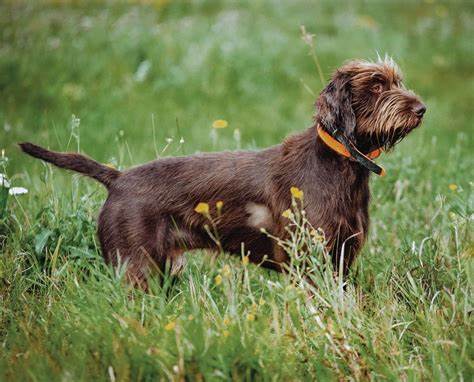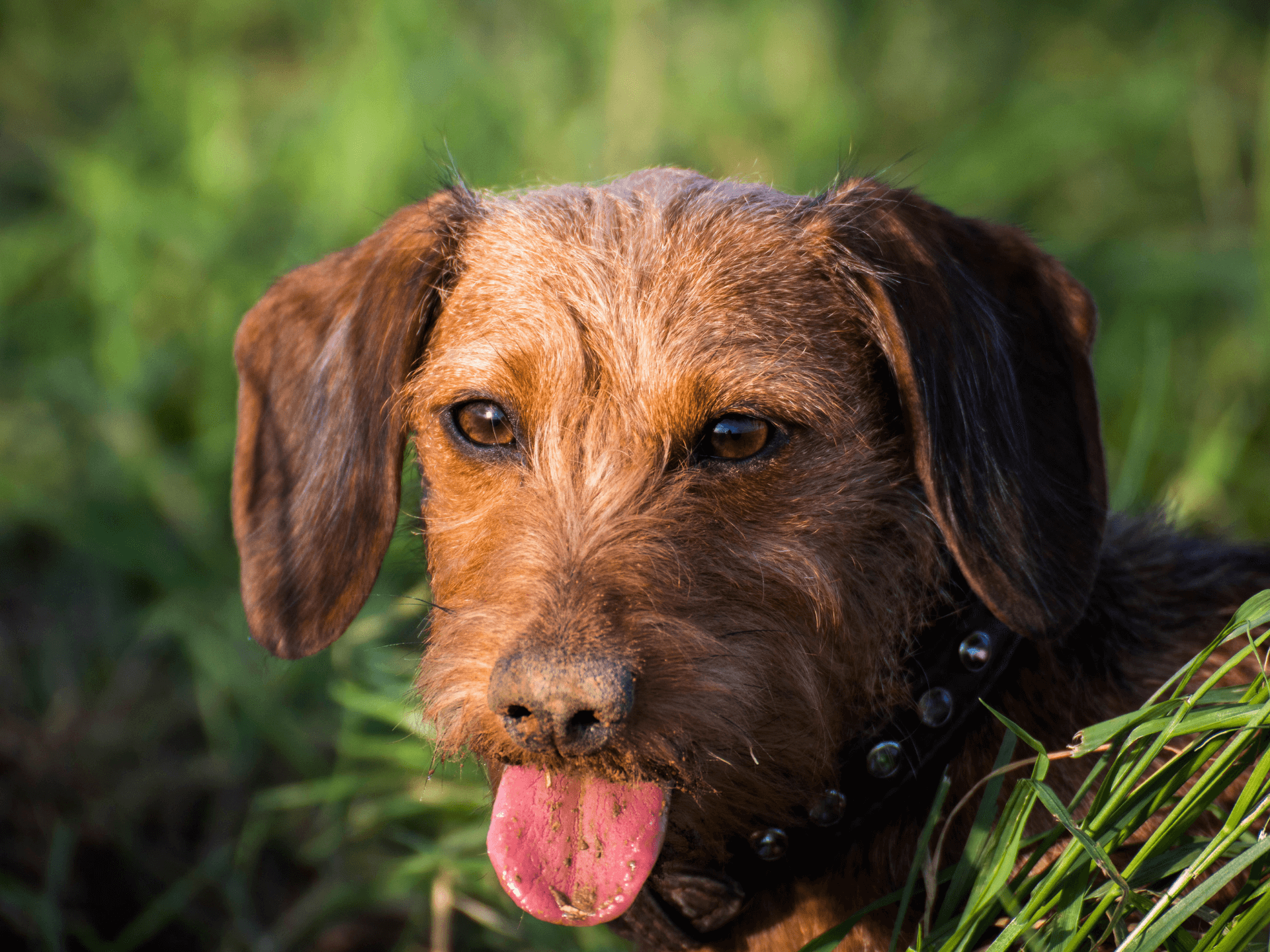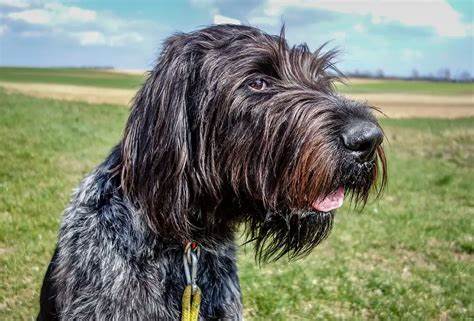Pudelpointer: Versatile Gun Dog with German Roots

History of the Pudelpointer
The Pudelpointer is a German breed developed in the late 19th century with the goal of creating the ideal versatile hunting dog. The breed was established by Baron von Zedlitz, who sought to blend the intelligence and water-retrieving skill of the Poodle (Pudel) with the intense pointing instinct and field capabilities of the English Pointer.
The result was a breed that could track, point, retrieve, and work in water or dense cover—truly a one-dog hunting team. Though still relatively rare, especially outside of Europe and North America, Pudelpointers are beloved by hunters and sporting dog enthusiasts who admire their dedication, drive, and intelligence.
Popularity of the Pudelpointer
While not a common pet in the general dog-owning public, the Pudelpointer has gained a loyal following among hunters, particularly in Germany, Canada, and the United States. The breed is recognized by the North American Versatile Hunting Dog Association (NAVHDA) but is not officially recognized by the American Kennel Club (AKC), which keeps it somewhat under the radar in mainstream circles.
However, its reputation as a top-tier gun dog continues to grow thanks to performance, word-of-mouth, and dedicated breeders.
Physical Traits of the Pudelpointer
The Pudelpointer is a medium to large-sized dog with a strong, athletic frame built for stamina and rugged outdoor work.
• Height: 21–26 inches (53–66 cm)
• Weight: 45–70 pounds (20–32 kg)
• Build: Muscular and well-balanced, neither bulky nor lean
• Coat: Harsh, dense, and weather-resistant; can be wiry or slightly curly
• Color: Solid liver, brown, or black (white markings are discouraged)
• Head: Broad with a prominent stop, dark expressive eyes, and a beard/mustache
• Tail: Usually docked in North America, carried straight and firm
Their rugged, low-maintenance coat protects them in all terrains and climates—ideal for active fieldwork.
Behavioral Traits of the Pudelpointer
This breed combines the intelligence of the Poodle with the drive and pointing instinct of the Pointer, resulting in a smart, trainable, and eager working dog.
• Energetic and Purposeful: Needs daily physical and mental challenges
• Trainable and Eager to Please: Learns quickly with positive reinforcement
• Independent Thinker: Has a focused, work-oriented nature but also bonds deeply with its human
• Loyal and Calm at Home: Typically reserved and relaxed indoors with sufficient exercise
• Natural Hunter: Incredibly instinctual when it comes to tracking and retrieving
They do best with owners who understand working breeds, and they thrive in homes that allow for regular activity and job-oriented play.

Why Choose a Pudelpointer?
The Pudelpointer is not just for hunters—it also excels in dog sports and active homes looking for a reliable, intelligent, and less-known breed.
Ideal for:
• Hunters looking for a do-it-all gun dog
• Outdoor adventurers
• Homes with large yards or access to land
• Agility, field trial, or tracking enthusiasts
The breed also appeals to those who appreciate the Poodle’s low-shedding coat and the Pointer’s tenacity—though not truly hypoallergenic, they shed less than many other sporting breeds.
Caring for Your Pudelpointer
• Exercise: Requires at least 60–90 minutes of vigorous activity daily. Hunting, hiking, swimming, and advanced training are all excellent.
• Training: Highly trainable but benefits from consistency, clear boundaries, and variety in learning.
• Grooming: Brush weekly; occasional trimming may be needed for the beard and around the ears. Minimal shedding.
• Living Environment: Best suited for country living or homes with ample access to outdoor space. Can adapt to suburban life with active owners.
• Diet: High-protein, high-quality food supports energy levels.
Health Considerations
The Pudelpointer is generally healthy and long-lived, thanks to its carefully controlled breeding and use of performance-based registries.
Common health issues may include:
• Hip dysplasia
• Eye disorders (though rare)
• Ear infections (due to floppy ears and water work)
Average lifespan is 12–14 years. Responsible breeders screen for genetic conditions and prioritize working performance and health.

Comparisons to Similar Breeds
• German Wirehaired Pointer: Similar in coat and purpose, but Pudelpointers often have calmer temperaments and more consistent off-switches indoors.
• Wirehaired Pointing Griffon: Both are versatile hunting breeds, but the Pudelpointer tends to have a sleeker, more agile build.
• Poodle: Shares intelligence and coat texture, but Pudelpointers are more driven by prey and less people-focused than typical Poodles.
Is the Pudelpointer Right for You?
If you are looking for a rugged, intelligent, and versatile working dog that excels in the field but is manageable and affectionate at home, the Pudelpointer is a worthy contender. Not ideal for sedentary homes or casual pet owners, but perfect for active handlers and those looking for a unique, high-performing partner.
Getting a Pudelpointer
Since the breed is not AKC-recognized, prospective owners should look to reputable hunting breeders affiliated with NAVHDA, the Pudelpointer Club of North America, or European kennels. Avoid any breeders who prioritize appearance over working ability. United Pet Club can help guide responsible ownership, breeder connections, and support services such as microchipping, veterinary tracking, and international pet passports.
